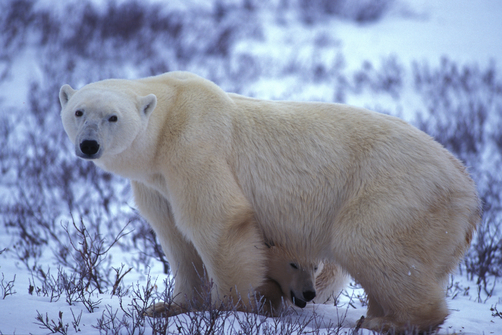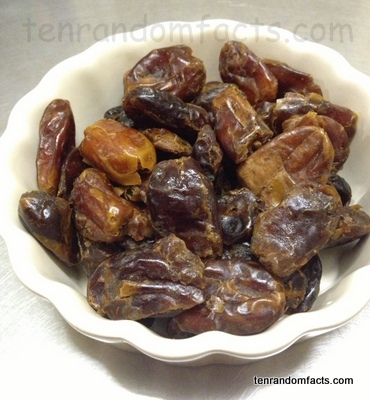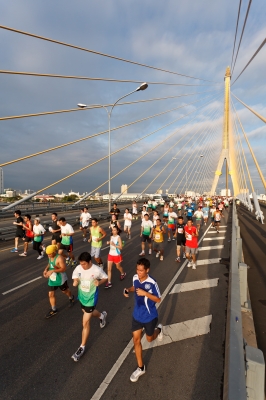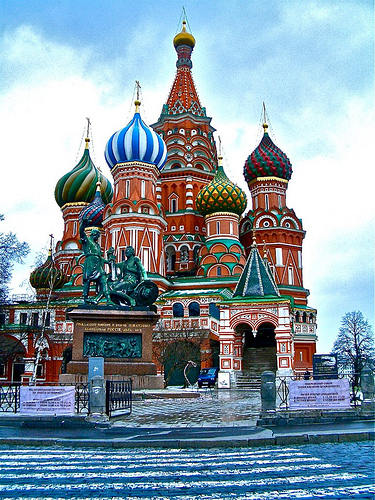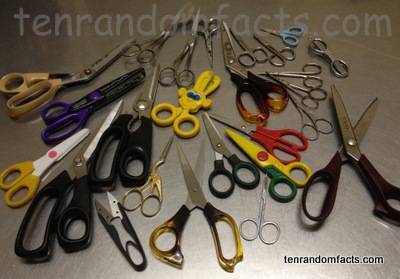
Snip Snip, Snip Snip.
- Scissors are two sharp, metal blades attached to two handles that pivot, and are used to cut thin items such as paper or cardboard, although there are many types of scissors that are designed for special functions, including scissors for textile, medical, grooming, metal, food and agricultural purposes.
- It is estimated that scissors, in a basic shear like form made from one piece of metal, were invented in 1500 BC in Egypt, and further modifications to the design, allowing a cross cut action, were made by the Romans in 100 AD.
- The term ‘scissors’ comes from the Latin word ‘cisoria’, meaning ‘cutting instrument’.
- Originally, scissor blades were made from bronze, and later iron, and are usually now made from stainless steel with plastic handles, although sometimes rubber is added to the plastic to provide better grip.
- Pivot action scissors were being used by the 6th century, and in 1761, Robert Hinchliffe is said to have started the production of cast metal scissors, similar to our modern day scissors.

- Scissors are typically no more than 15 -20 cm (6 – 7.8 inches) in length, as bigger sizes are usually called ‘shears’.
- The finger holes in the handles of scissors are typically the same size, whereas shears usually have the typical finger hole in one handle, and then have a larger hole in the other to accommodate more fingers which allows for extra cutting strength.
- Most scissor blades should be sharpened regularly and sometimes oiled, at the pivot point, for smoother cutting.
- Typical scissors are for right handed people, so special left handed scissors with the blades mirror reversed are manufactured, which makes cutting easier and neater for left handed people.
- Scissors that have the pivot closer to the end of the blade and further away from the handle increases the cutting strength of the scissors.



